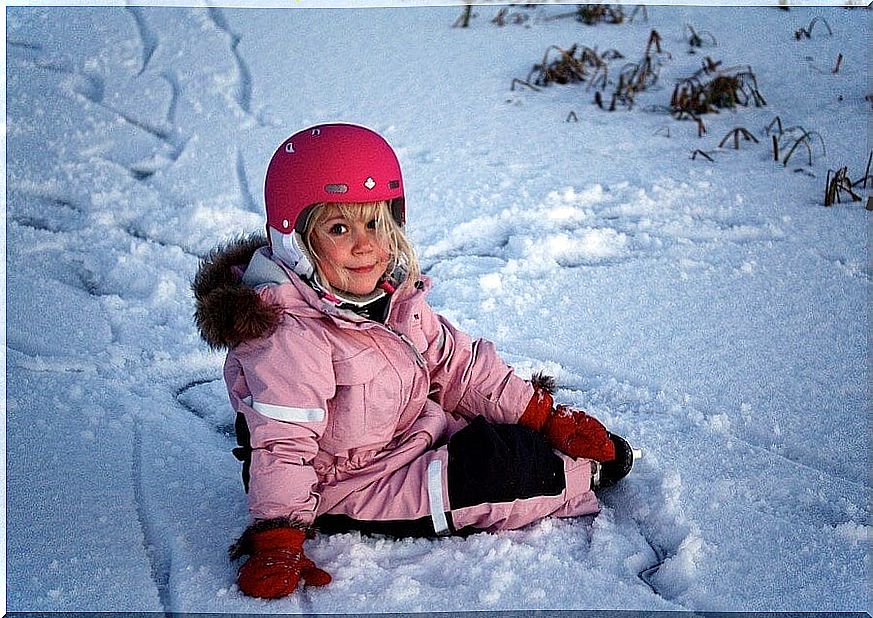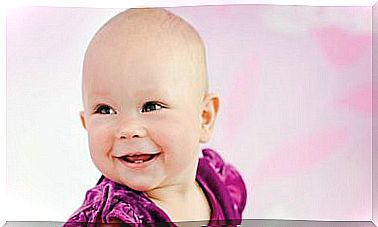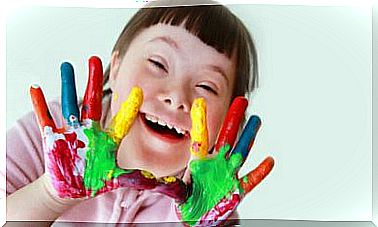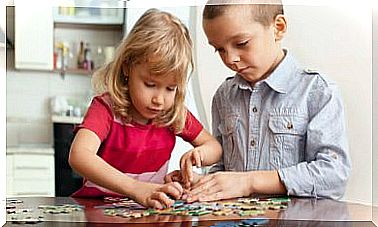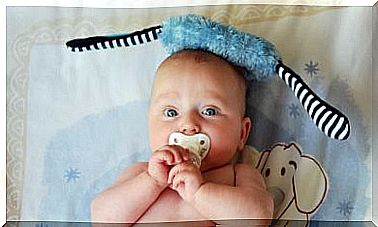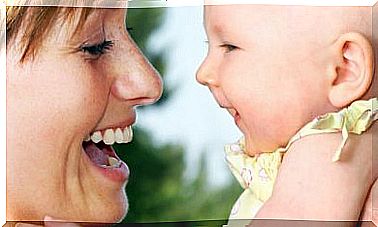The 10 Most Common Skin Diseases In Children

The most common skin diseases in children usually manifest with certain characteristics similar to each other. Furthermore, the vast majority of them are not serious for the patient.
However, it is important to know how to differentiate its signs and symptoms to address them in the right way and at the right time. Next, we detail 10 of the most common skin diseases in children.
Most common skin diseases in children
Skin diseases are common in children, yet they can be easily prevented and controlled. They are one of the most common reasons for medical consultation in dermatological practice.
1. Atopic dermatitis
Atopic dermatitis is a chronic, highly itchy, and recurrent skin condition that is most often located in the flexor areas of the body.
Itching and dry skin are two of the distinguishing characteristics of this pathology. However, in acute cases, pruritic papules with erythema, serous exudate, and excoriations are seen.
According to studies by Immunology and Allergic Clinics of North America , educating patients about the disease is essential for the proper maintenance of the pathology and control of outbreaks.
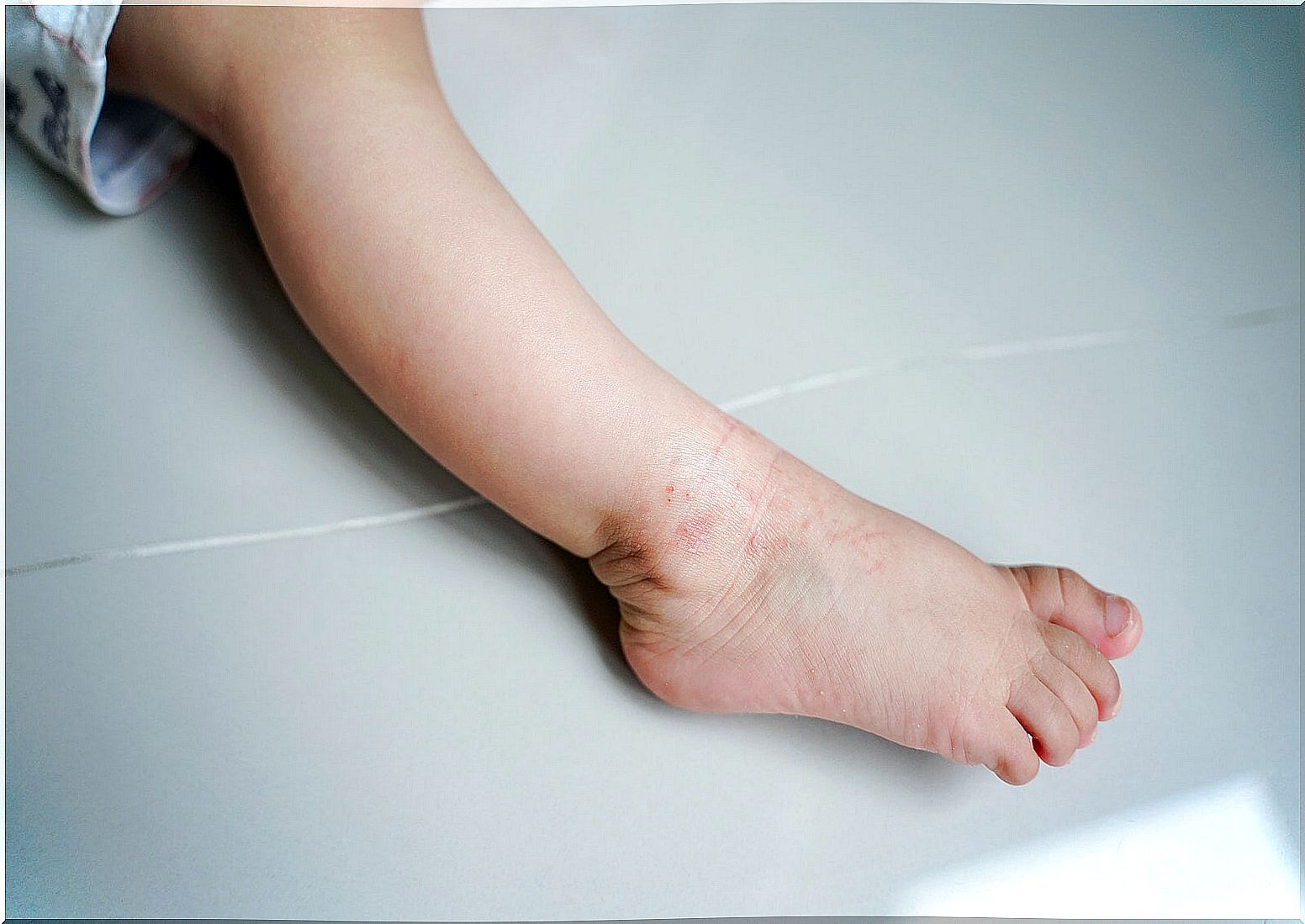
2. Molluscum contagiosum
Molluscum contagiosum is a common, benign, and self-limited viral infection of the skin. It is most prevalent in children, but it can also be seen in adults.
The infection is generated by autoinoculation or by having direct contact with lesions of people who are affected. It is also more common in children who attend swimming pools, bathe together, or are immunosuppressed.
It is characterized by multiple pearly papules with a central umbilication located on the trunk or in flexion areas. In turn, these injuries resolve spontaneously, so they do not require any intervention.
3. Impetigo, one of the most common skin diseases in children
Skin infections caused by Streptococcus Pyogenes or Staphylococcus Aureus are important in children. The type of pathology that will be triggered will be according to the location of the lesions, the body and the immune system.
Impetigo is the third most common skin disease in children, after dermatitis and viral warts, with a peak incidence between 2 and 6 years of age. The lesion is evidenced by highly contagious yellowish crusts that can spread through direct contact.
4.Urticaria
Urticaria is one of the most common skin diseases and is characterized by hives or angioedema, or both simultaneously. When it lasts for more than 6 weeks it is considered chronic urticaria. Therefore, the one that has a shorter duration is classified as acute. Infection is the most frequently documented cause (more than 40%) in children with acute urticaria.
5. Hand, foot and mouth disease
This type of viral illness is common during the summer and fall times. It is caused by the Enterovirus coxsackie and the patient presents with fever, odynophagia and rhinorrhea, similar to a common cold.
After the initial symptoms, a rash appears on the hands, soles of the feet, and buttocks. Hand, foot, and mouth disease is contagious and its treatment is aimed at alleviating symptoms.
6. Viral warts, another of the most common skin diseases in children
Viral skin warts are benign growths that commonly manifest in childhood. In turn, the clinical characteristics may vary depending on the location of the lesion. The most frequent locations are the hands and feet. Therefore, they can become large and painful and require treatment.
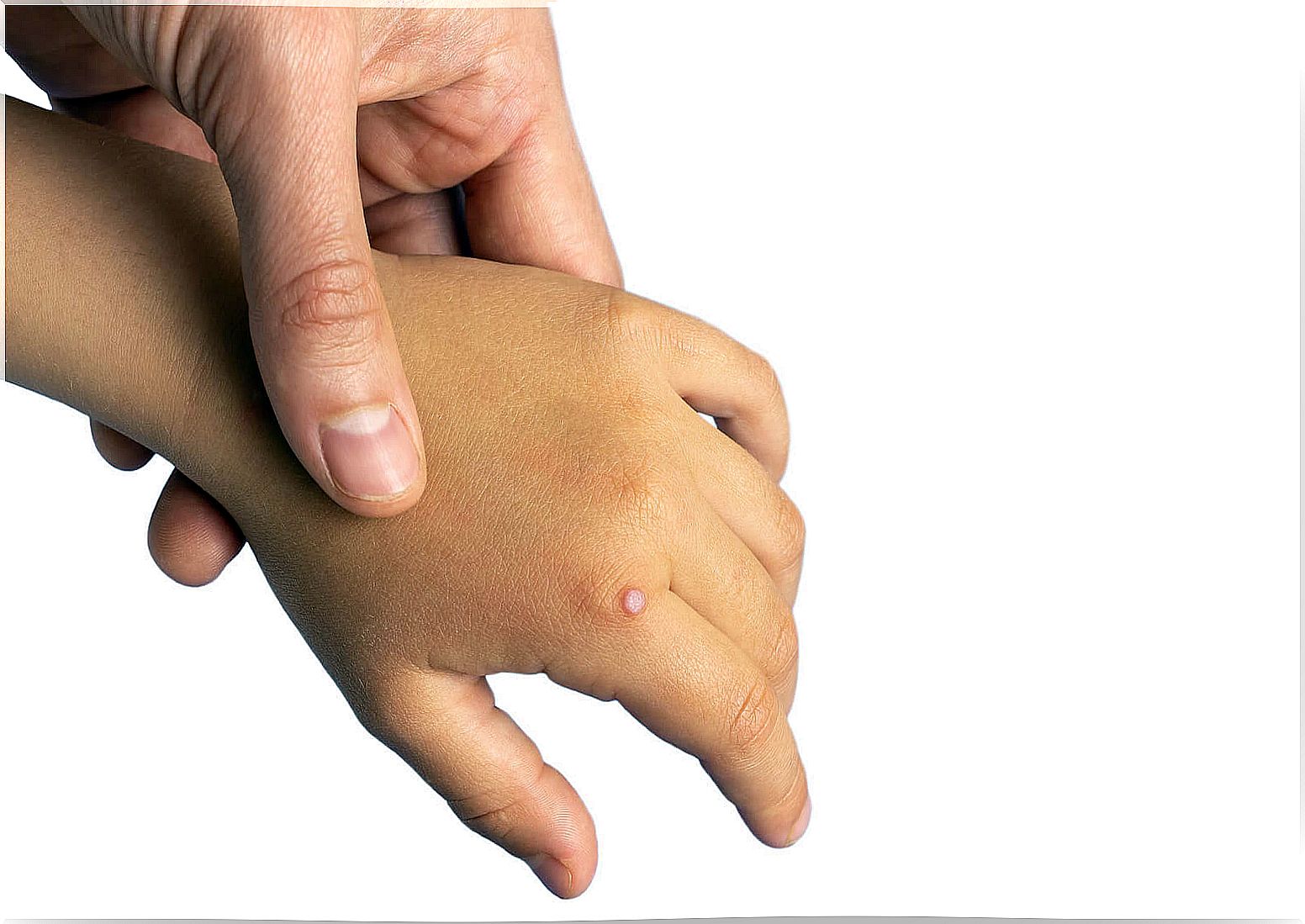
The therapeutic options that exist are cryotherapy, trichloroacetic acid (TCA) topications and electrocoagulation. However, a systematic review shows that the use of salicylic acid is more effective than the rest of the treatments.
7. Pediculosis
Lice frequently affect boys between the ages of 3 and 12, with a greater predisposition in girls. Those affected have intense itching, which encourages scratching and the probable generation of secondary bacterial infection.
The diagnosis is based on the patient’s symptoms and a differential diagnosis must be made between the following pathologies:
- Dander.
- Superficial bacterial infection.
- Scabies.
- Impetigo.
- Folliculitis.
- Eczema.
- Seborrhea.
8. Tinea capitis (ringworm of the scalp)
The tinea capitis is an infection of the hair follicles of the scalp and skin of the interposer, which is generated by circulating dermatophytes. It predominates in children between 5 and 9 years old in homes where a cat lives as a pet, since the most frequent causal agent is Microsporum canis .
9. Pityriasis alba, another of the most common skin diseases in children
Pityriasis alba is a common, benign skin disorder that occurs most often in children and adolescents.
It is not a contagious disease and is more common in children with a history of atopy. It presents lesions that are initially erythematous and with time become hypopigmented. It resolves spontaneously with a gradual return of normal skin pigmentation.

10. Scarlet fever
Scarlet fever is one of the typical rashes in children, generated by group A hemolytic streptococcus , in which a picture of streptococcal pharyngitis precedes it. When the skin is palpated, it feels like sandpaper, with intense itching and significant discomfort on the part of the patient.
Children’s skin care
The care and maintenance of the skin barrier is one of the pillars to be carried out in children. Therefore, the skin must be properly and constantly moisturized.
In turn, it is recommended to apply sunscreen every day, since the skin is more sensitive than that of adults. However, before any symptom or sign, consulting a pediatrician or dermatologist is essential.
